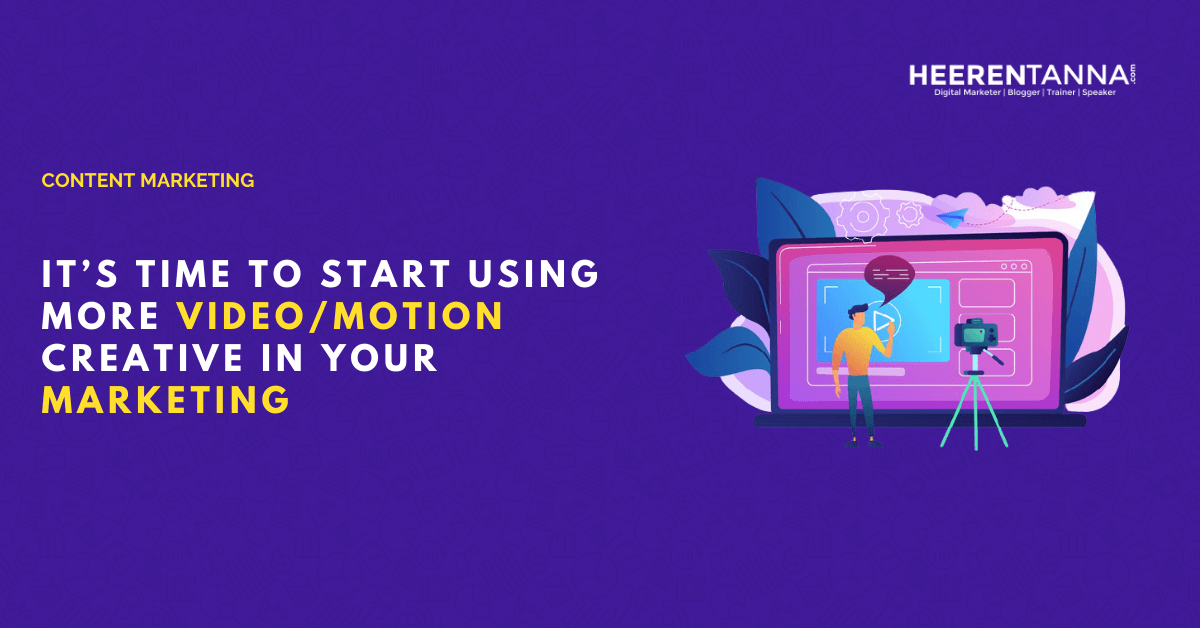Optimizing your website for conversion is essential in ensuring your website’s success. Having a website that looks “pretty” isn’t enough to cut it these days. Your website should effectively combine both Search Engine Optimization (SEO) and Conversion Rate Optimization (CRO) to attract more traffic and convert more customers.
Even if SEO is successfully bringing users to your website, if your page isn’t converting your customers, then you’ve got to make changes — ASAP. Conversion rate optimization increases the chances of visitors converting, whether that’s making a purchase, subscribing to your mailing list, filling out a form, and more. CRO makes sure that your website is working to drive its intended results.
What is a Conversion Rate?
A conversion rate allows you to determine the percentage of website visitors who completed a desired action. When users visit your website, they are faced with several choices, such as to sign up, make a purchase, book an appointment, and more. They’re also given the choice to do nothing at all.
The conversion rate can be calculated by dividing the number of conversions by the number of visitors and then multiplying by 100.
Conversion rate optimization (CRO) is the process of optimizing your website and its content to encourage conversions. A good conversion rate means that your website is relevant to your target audience, well-designed, and appealing. There are endless opportunities for conversion across your website (e.g. landing pages, blog posts, etc.). As a business, it should be your goal to optimize your website in a way that boosts conversions. Your website should compel visitors to take an action before they exit your site.
Conversion Rate Optimization: What You Need to Do
Don’t miss out on the opportunity to gain new customers. Whether you’re planning your content or you want to give your landing pages a makeover, keeping conversion rate optimization in mind can make a massive impact on your website.
Relevant Keywords
In order to be highly visible on search engines, you need to use keywords that your audience is actually using to look up information. Using the right keywords is crucial, as keywords are what will lead users to your website.
To do this, conduct thorough keyword research. Scatter those keywords cleverly across your website. For example, a hair salon might use the terms “hairstyles for women” and “hair salons [city name]” on their website. Search engines will recognize that these keywords are found on your website, and their algorithm will automatically rank your website higher on SERPs. This increases your visibility and brings more users to your website.
Clean Landing Pages
An important part of conversion rate optimization involves keeping your landing page clean, clutter-free, and relevant. Users don’t want to be redirected to a landing page that is messy and confusing. Make the experience as easy as possible for your visitors by offering exactly what they are looking for.
If your goal is to entice your visitors to sign up to your mailing list, make that the highlight of the page. Well-made landing pages keep things simple, making it easier for visitors to convert. Get rid of distractions, learn about the psychology of colors, and use white space to draw attention to calls to action.
Strong Visuals
Paragraphs and paragraphs of text will make website visitors want to flee instantly. Break up your textual content with visual elements that helps make your content digestible, as well as keep your audience engaged. High-quality images can improve readability, but make sure that the images make sense next to the text.
If you decide to present information as infographics, keep in mind that they’re technically just images. While they’re more appealing to the viewer, Google can’t read them, unlike text-based posts. You’ll have to optimize your images by writing appropriate file names, alt text, and captions.
Content that Converts
Content is the most influential factor in conversion. You need to remember that your content should be appealing, valuable, and understandable. While keywords are essential for SEO, keyword-filled content can turn off your readers. In optimizing your content, don’t overload it with keywords that can distract your readers.
Create clear content that will most likely lead to a conversion. Use keywords that will compel readers to take action. For instance, between “discount designer handbags” and simply “bags” — which one would more likely convert your readers? Your content should also create a sense of urgency through calls-to-action (e.g. “limited slots available” and “sign up now”).
Optimize for Mobile
People are going digital with more people on mobile devices than on desktop. In order to stay competitive, you will have to cater to ever-changing user preferences, starting with mobile optimization.
More than 87% of smartphone users look something up on search engines each day. In this digital age, businesses must ensure that their content fits on all screen sizes. This can be done by utilizing responsive web design, reducing image sizes, etc. It is also important to make sure that the website loads quickly on mobile devices. More than 40% of users will leave a webpage if it takes more than three seconds to load.
A/B Testing
Conversion rate optimization is an ongoing process that requires you to test everything constantly. Each time you want to make changes to your page, A/B test it. A/B testing is the process of comparing two versions of the same webpage to see which one drives more conversions.
Test everything out. If you want more visitors to sign up to your mailing list, try removing one of the fields on the form to see if it increases conversions. If you want more people to click on the call-to-action button, try changing its placement and color to see which works best. A/B testing helps you figure out what works and what doesn’t.
Use Videos
Websites give you complete freedom to utilize whatever kinds of visuals you want. Adding videos to your website can increase conversion rates by up to 80%. Videos can provide you the opportunity to convey your message more clearly and entertainingly. Videos also increase the amount of time a user spends on the site.
Keep in mind that your video must capture your message in less than 2.7 minutes, as people’s attention span is limited. You’ll need to create captivating videos that visitors will actually want to watch from start to end.
Conclusion
Even if you’re already implementing SEO strategies, with conversion rate optimization, both SEO and CRO can work together to ensure the success of your website. Your site shouldn’t just be discoverable, but it should also provide valuable information to your visitors that will cause them to convert.
By implementing these simple conversion rate optimization techniques, your website can gain increased traffic and conversions. It will take some work to initiate all of these improvements, but optimizing your website is an investment that you shouldn’t ignore. If your website ranks well on search engines, it will lead more users to your site, and ultimately generate more leads.


